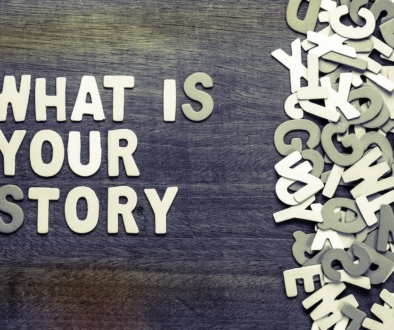What does surfboard shaping have to do with our AI future?
The art of surfboard shaping has long been a craft steeped in tradition, requiring years of experience, precision, and an intimate understanding of both the surf and the individual surfer riding those waves. Yet, about 20 years ago now, automation made its way into this artisanal world. And now as we watch artificial intelligence (AI) transforming various industries today, the parallels can reveal both the opportunities and challenges posed by technological innovation.
The Craft of Surfboard Shaping
Traditionally, surfboard shaping has been a hands-on process. Skilled shapers carved away at a foam blank, guided by their expertise, intuition, and collaboration with surfers. Each board was a unique creation, tailored to a specific and nearly impossible to perfectly replicate. This bespoke process carries with it a sense of artistry and individual connection—qualities that have made handcrafted surfboards cherished by surfers for decades.
However, the process is also labor-intensive, time-consuming, and susceptible to variability. These limitations created an opening for automation, which began to enter the scene through computer-aided design (CAD) and shaping machines. Today, CNC machines can recreate a shaper’s design with remarkable precision, producing boards faster and more consistently than ever before.
The Rise of Automation in Surfboard Shaping
While the advent of automated shaping machines initially met resistance, they have become an integral part of the industry. Automation has democratized surfboard production, making high-quality boards more accessible to surfers who might not afford custom shapes. It also allows shapers to focus on refining designs and experimenting with new ideas, rather than spending countless hours on repetitive tasks.
Yet, this shift raises important questions about authenticity and the value of human touch. Many surfers still prize the “feel” of a hand-shaped board, believing that something intangible is lost in machine-made products. This echoes a broader tension in industries disrupted by automation: the balance between efficiency and preserving human craftsmanship.
Parallels with AI’s Impact Today
The disruption surfboard shaping experienced now feels similar to the current wave of AI transformations we’re witnessing. Industries ranging from healthcare to art are grappling with how to integrate AI technologies without losing the human element that defines them. Just as CNC machines can replicate a shaper’s design, generative AI tools can create art, compose music, and even build you your next logo. These capabilities promise to enhance productivity and open up new possibilities, but they also spark debates about creativity, authenticity, and job displacement.
One key similarity lies in how both technologies augment, rather than fully replace, human expertise. Automated surfboard shaping still relies on the foundational knowledge of skilled shapers to program machines and refine designs. Similarly, AI often works best when guided by human insight, enabling professionals to amplify their work rather than rendering them obsolete.
Embracing the Future
Resistance to change is natural, especially in fields rooted in tradition. However, innovation doesn’t have to mean erasing the past. By finding ways to blend the precision and efficiency of technology with the artistry and intuition of human creators, industries can honor their heritage while embracing the future.
Ultimately, whether crafting a surfboard or creating with AI, the goal remains the same: to solve problems, push boundaries, and enhance the human experience. The waves of change may be inevitable, but how we ride them is up to us.




